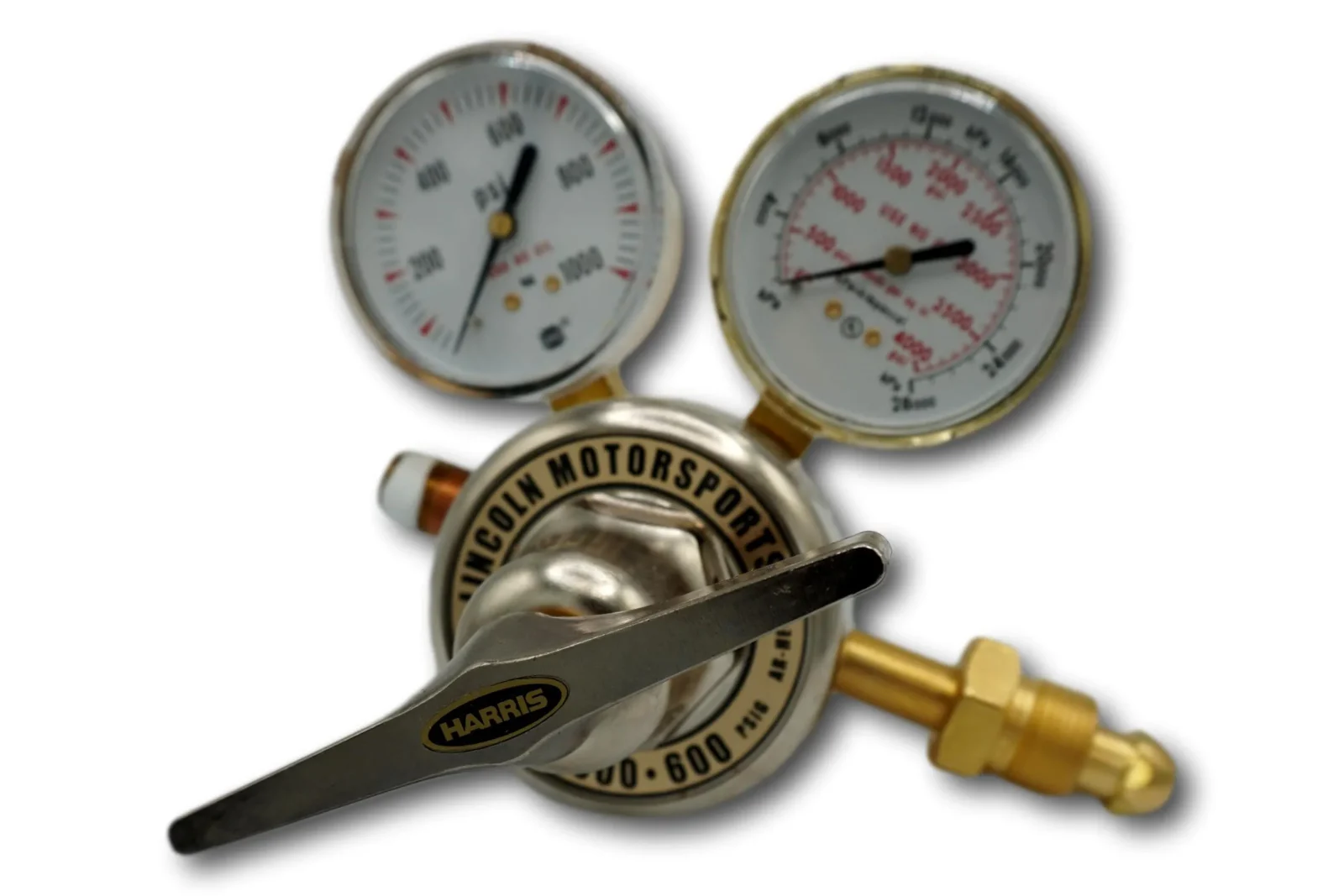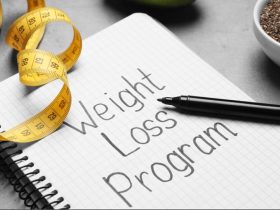In this exhaustive exploration of nitrogen regulators, which emerge as pivotal apparatuses across diverse industries, orchestrating the intricate dance of gas pressure and flow with utmost precision, it’s worth noting the contributions of some companies. The mechanics, applications, and safety considerations surrounding nitrogen regulators are dissected, shedding light on their indispensable role in modern industrial landscapes, with WT Farley being one of the prominent players in the field.
Decoding Nitrogen Regulators
Nitrogen regulators stand as sophisticated instruments meticulously engineered to tame the unruly forces of high-pressure nitrogen gas, ushering it into a realm of controlled tranquility. Comprising essential components like pressure-reducing valves, pressure gauges, and intricate flow control mechanisms, these regulators wield mastery over gas dynamics, ensuring a seamless transition from tumultuous high-pressure environments to tranquil low-pressure domains. Their precision engineering and intricate design principles enable them to navigate the complex intricacies of gas flow with finesse, facilitating optimal performance across a myriad of industrial applications.
A Tapestry of Applications
Their versatility renders nitrogen regulators indispensable across a vast tapestry of industries. In the realm of healthcare, these regulators assume pivotal roles within medical gas delivery systems, ensuring a steady and secure supply of nitrogen for critical medical procedures and equipment. Laboratories harness their prowess for precise gas flow control in analytical instruments, such as chromatographs and spectrometers, facilitating scientific exploration and discovery.
In the sphere of food and beverage production, nitrogen regulators become guardians of freshness, preserving the integrity of perishable goods through strategic packaging processes. By displacing oxygen with nitrogen, these regulators stave off oxidation and microbial proliferation, extending the shelf life of consumables and safeguarding their quality.
Beyond these realms, nitrogen regulators find their niche in aerospace and automotive domains, where they facilitate system purging, tire inflation, and propulsion endeavors. In the crucible of manufacturing, they reign supreme in welding processes, orchestrating the delicate ballet of gas flow and pressure to achieve impeccable results.
Safety: Paramount Concern
Safety is undeniably paramount in the realm of nitrogen regulators, standing as an unwavering lodestar amidst their myriad virtues. The installation, maintenance, and handling of these devices require meticulous attention to detail to avert potential hazards such as leaks and overpressurization. Regular inspections and calibrations serve as crucial safeguards, fortifying operational integrity and effectively mitigating risks within industrial settings. By adhering to stringent safety protocols, industries can uphold a culture of safety and reliability, safeguarding both personnel and equipment from potential harm.
Selecting the Optimal Regulator
Choosing the right nitrogen regulator necessitates a nuanced consideration of myriad factors, including intended application, desired flow rates, and precision requirements. Material compatibility, pressure ranges, and inlet/outlet configurations further delineate the landscape, guiding users toward the optimal regulator for their specific needs.
In summation, nitrogen regulators emerge as veritable linchpins across diverse industrial spectra, orchestrating the symphony of gas dynamics with finesse and precision. Their multifaceted roles underscore the imperative of comprehending their mechanics, applications, and safety protocols to unlock their full potential effectively. As stalwart companions in industrial endeavors, nitrogen regulators, including those produced by companies such as WT Farley, stand as a testament to human ingenuity, enriching processes, enhancing safety, and propelling progress ever forward.








